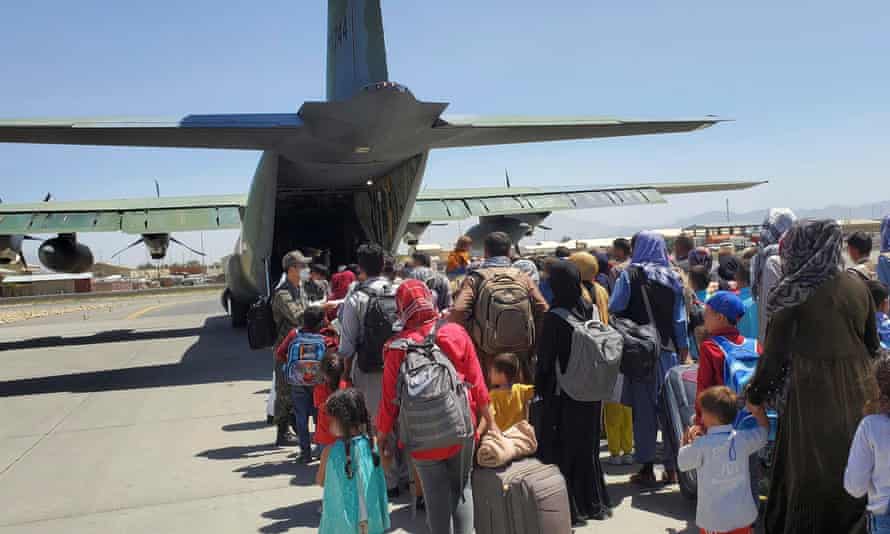The images coming from Afghanistan over the past few weeks have been difficult to absorb. A country in constant turmoil has closed one chapter and entered a new one. Many investors have been left scratching their head wondering why the financial markets have not reacted to such a devastating turn of events. In short, Afghanistan has no financial link to the rest of the world.
Afghanistan’s economic output is a scant $20 Billion1. This is 0.02% of world GDP. By comparison, Maryland’s economy is $422 Billion (or 21 times the size of Afghanistan); Pennsylvania’s economy is $780 Billion (or 39 times); and Virginia’s economy is $551 Billion (or 28 times)2.
Afghanistan’s economy is largely an agrarian-based economy mostly providing sustenance for little more than the Afghan people. 44% of the Afghan population are employed in the agricultural sector1. Its minimal industrial sector is comprised of small-scale textile, soap, furniture, shoes, apparel, and similar items mostly for domestic consumption1. Afghanistan has no large companies that require funding via debt or equity issuance. The Afghan economy is more reminiscent of ancient Egypt rather than the modern 21st century.
From a current economic footprint perspective, Afghanistan is not a substantive entity nor connected to modern finance. Afghanistan is a war-torn country that has mostly survived on grants and financial support. Hence, the country has no financial obligations (bonds) to service or payback, nor does Afghanistan have companies big enough to warrant shares traded on a stock exchange. Hence, investors have had little financial concerns.
The lack of market reaction to date should not be viewed as callous investors’ opinion of the Afghan situation, investments simply have no interaction with the Afghan plight. This is a situation of a rabbit and the moon, there is just no relationship between the two, other than a rabbit bearing witness to moonlight.
It is important to note that the U.S. Geological Survey conducted an analysis of Afghan territory and identified large deposits of copper, iron ore, gold, natural gas, and other natural resources estimated upwards of $3 Trillion3. Given the extremely rough and arid terrain as well as the lack of infrastructure and expertise, Afghanistan has opted to collect mining royalties from China, Russia or other nearby countries instead of exploring such resources themselves.
Of more important concern are the repercussions and potential ramifications sprouted from the past weeks’ events. Could less than desirable world actors take advantage of the shifting regional power vacuum? If so, what regional and global economic impacts will result? Will an emboldened China invade Taiwan, which is home to many global footprint companies, such as Taiwan Semiconductor? Will Russia withhold energy supplies from Germany, which is Europe’s production powerhouse? Will Iran insight hostilities against Israel, which is highly integrated with the global economy? These are the types of events the financial markets will begin to wrestle within the weeks and months ahead.


Recent Comments